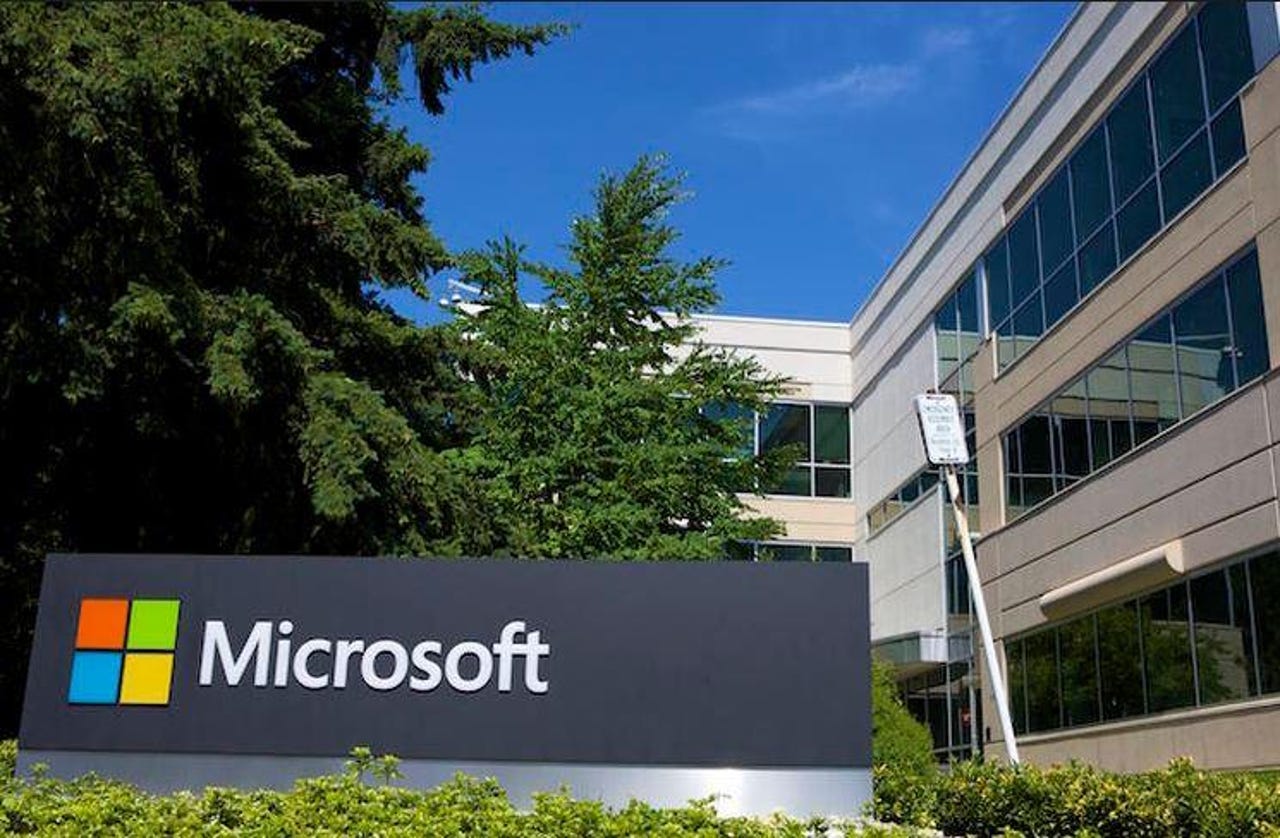Microsoft cuts roughly 200 positions in its commercial sales business


Featured
Following a January reorg of its commercial sales business, Microsoft is cutting about 200 jobs in that organization, according to my sources. The move follows a reorg at the start of this year in Executive Vice President of Microsoft Worldwide Commercial Business Judson Althoff's organization.
Also: What makes Microsoft tick?
Althoff's January 2019 reorg was done in the name of "further accelerating our cloud growth and simplifying our organizational model" in the second half of Microsoft's fiscal year, based on information I've seen. (Microsoft's fiscal 2019 runs from July 1, 2018 to June 30, 2019.)
The reorg affected businesses that are charged with selling cloud and digital services to Microsoft's larger customers and partners. Althoff brought in Corey Sanders, who had been leading Azure Compute, to oversee Microsoft Solutions inside the Worldwide Commercial Business. Sanders' direct reports included Ann Johnson, Corporate Vice President of the Cybersecurity Solutions Group; , Norm Judah, CTO of Enterprise; Josh Rice, Vice President of the Worldwide Modern Workplace Business; Hayden Stafford, head of Business Applications Sales; and Keith White, head of the Intelligent Cloud business for Applications and Infrastructure and Data & AI.
It sounds like this week's layoffs are affecting some of the individuals in Sanders' organization. I've heard Norm Judah, who has been with Microsoft for 28 years and most recently ha been evangelizing artificial intelligence and digital transformation with larger customers, is one of the individuals who was let go.
I asked Microsoft for comment and was told by a spokesperson the company had nothing to say. But I've heard this is yet another of the regular "reallocation of resources" kind of things that happen periodically at Microsoft, rather than a precursor to another big round of layoffs.
There were a couple of other key Microsoft leaders who were cut as part of the January reorg, according to information I've seen.
John Jester, who was Corporate Vice President of Worldwide Customer Success since June 2017, is out. Jester led a team of more than 2,300 cloud solution architects and "customer success managers" across Microsoft's various cloud businesses, according to his LinkedIn profile. Mark Souza is now the head of Customer Success in the Worldwide Commercial Business and one of those charged with getting big customers to consume more Microsoft cloud services.
Anand Eswaran also was moved out of Althoff's business as part of the January reorg. (He is "considering his next opportunity," I assume inside the company, last I heard.) Eswaran was Corporate Vice President of Microsoft Enterprise, and focused on "enabling enterprise customers and partners in their journey ot be a digital business," according to his LinkedIn profile.
Must read
- This is not your father's Microsoft (CNET)
- Microsoft's obsession with Windows is ending (CNET)
- 10 apps to add features to Windows 10 (TechRepublic)
- How to set up a Windows 10 computer (TechRepublic)
Microsoft undertook a major reorganization of its commercial field sales team in 2017. At that time, Althoff announced Microsoft would be prioritizing six key verticals (manufacturing, financial services, retail, health, education and government) and four horizontal areas (Modern Workplace, Business Applications, Apps and Infrastructure; and Data and AI). Shortly after that reorg, Microsoft laid off several thousand employees, mostly in its sales organization.
In Memoriam: All the consumer products Microsoft has killed off
Previous and related coverage:
Windows 7: What is your company's exit strategy?
If your business is still running on Windows 7, it's time to get serious about how you're going to handle the January 14, 2020 end of support. Here are your four options.
Windows 10 version 1903: Act fast to delay this big upgrade
Each time Microsoft rolls out a major upgrade to Windows 10, you have the option to wait a few months before you install it on PCs running Windows 10 Pro or Enterprise. But you have to act quickly.
Windows 10: New study shows Home edition users are baffled by updates
How annoying are Windows 10's automatic updates? In a new study, a group of UK researchers report that users of Home edition experience unexpected restarts and inconsistent installation times, caused by inappropriate defaults and inadequate notice of pending updates.